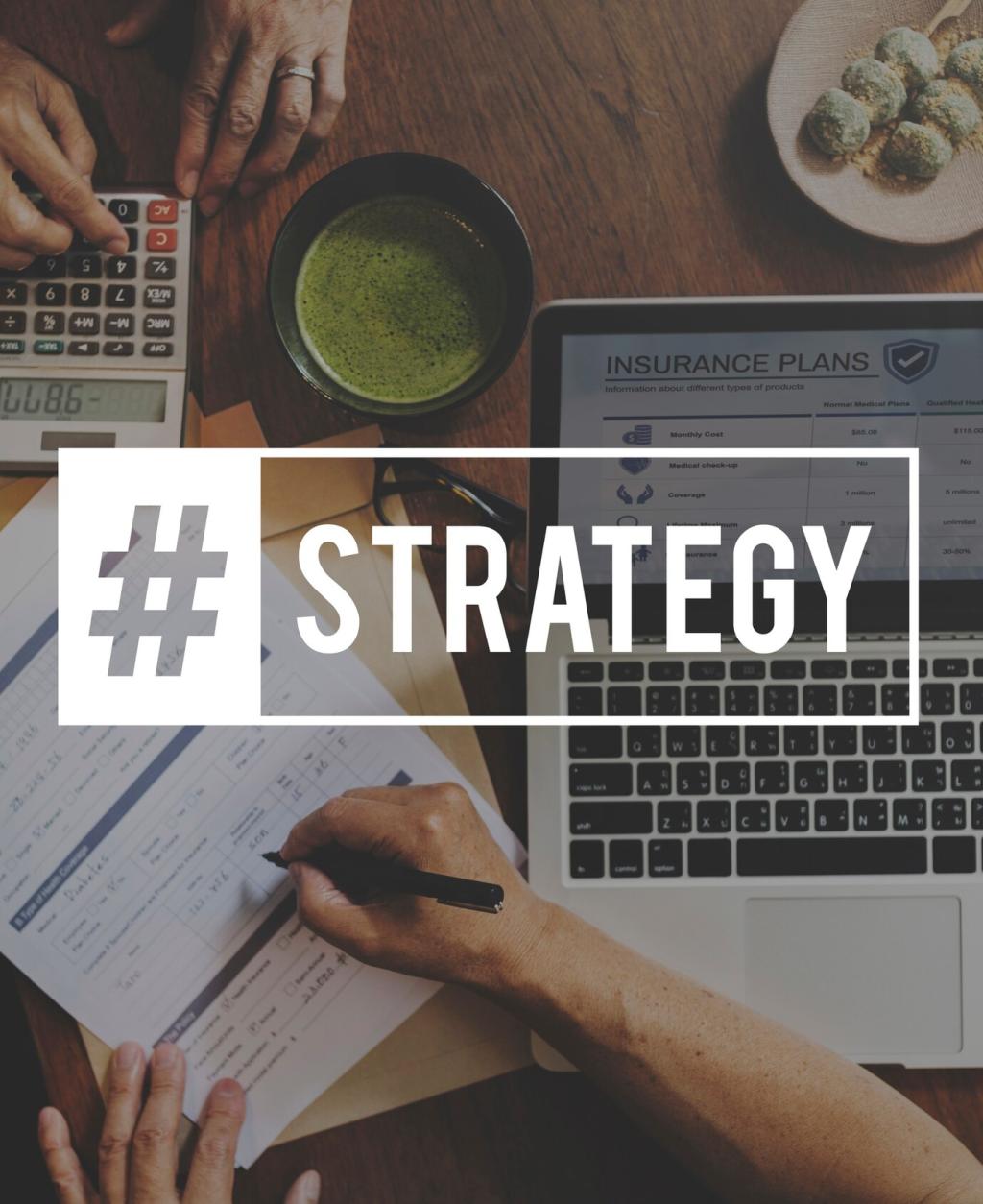Measuring Impact and Iterating
Beyond views, look for saves, replies, and completion rates—signals of depth, not just reach. Pair quantitative patterns with qualitative notes. When a story earns bookmarks and heartfelt messages, you have resonance. Ask readers which metric changed their approach to crafting future narratives.
Measuring Impact and Iterating
Invite story-specific feedback: where did you lean in, where did you drift, what line stayed? Use polls, annotated screenshots, and short interviews. Thank participants by name. Encourage subscribers to volunteer for a feedback circle, building a community that co-authors better stories together.







